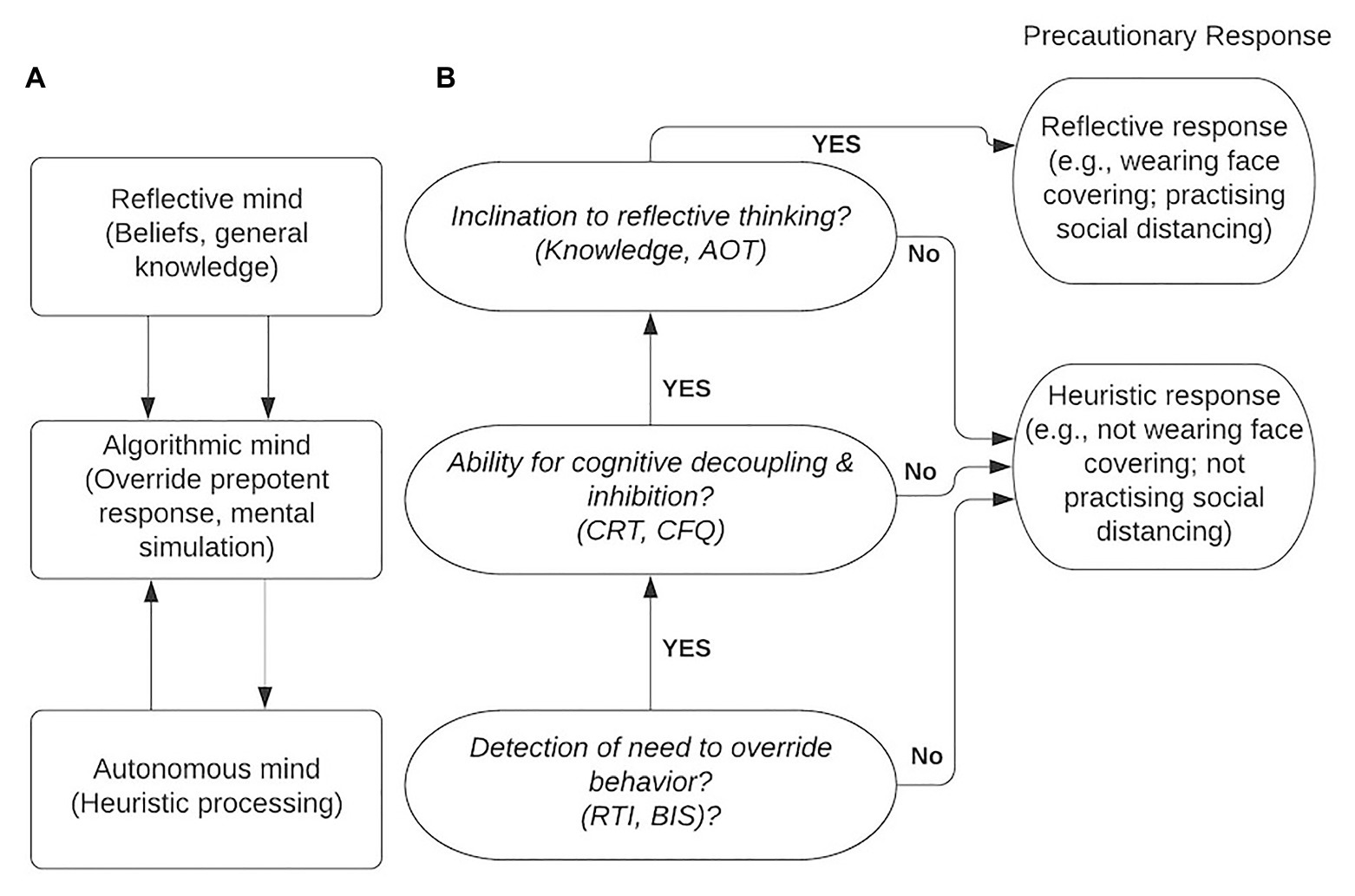
Title: Rethinking “Behavioural Fatigue”: Insights from Science on Maintaining Public Health Protocols
In the initial stages of the COVID-19 outbreak, the phrase “behavioural fatigue” came into public conversation as a possible reason for postponing the enforcement of rigorous social distancing protocols. Authorities expressed worries that individuals might grow weary of the limitations and abandon them just when they were most crucial. This viewpoint faced significant backlash, particularly in a March 2020 piece in The Guardian, which contended that the idea of behavioural fatigue lacked “scientific grounding.”
Nevertheless, a closer examination of empirical research unveils a more intricate and detailed narrative. Although “behavioural fatigue” might not be commonly recognized in the realm of epidemiology or psychological studies, the essential idea—whether individuals’ readiness to adhere to health-oriented actions wanes over time—has been thoroughly researched, especially concerning prior pandemics.
Let’s explore what the findings truly indicate.
Grasping Risk Perception and Behaviour Over Time
A key factor in public adherence to health practices is how individuals assess their risk levels. The difficulty, as outlined by a model established in the 1990s, lies in how this risk perception develops as time progresses. At the onset of an outbreak, people generally overrate the risk, particularly with new or alarming diseases. However, as time goes on and the threat becomes more normalized, perceived risk diminishes—even if the actual risk is on the rise. This trend can result in a decrease in proactive behaviours.
Numerous studies based on this model have shown that gradually, and at times even during the height of an epidemic, preventative behaviours—such as handwashing, wearing masks, and social distancing—frequently decline. This reduction doesn’t inherently denote “fatigue” in either an emotional or physical capacity but may stem from shifting perceptions of urgency, adaptation, or resurfacing life commitments.
Scientific Insights: What Do the Findings Indicate?
Research from a range of geographic and cultural settings provides strong evidence of changing behaviours amid pandemics:
– An investigation in Italy during the H1N1 (2009) outbreak observed reductions in certain preventative activities over time.
– Two distinct studies in Hong Kong confirmed this trend, indicating declines in handwashing and mask usage as the pandemic progressed.
– A study from Malaysia demonstrated similar behavioural changes, reflecting the risk perception framework.
– In the Netherlands during the 2006 avian flu alarm, follow-up assessments reported variable compliance—initially high, followed by a drop, then a rebound.
To monitor behaviours not self-reported, researchers employed innovative methods. In Mexico during the 2009 H1N1 pandemic, changes in television viewing habits served as a stand-in for time spent at home (i.e., commitment to social distancing). Viewing surged sharply with the virus’s emergence but diminished even as infection counts rose.
Another study monitored the alteration in numbers of missed airline flights during the same crisis. The early spike in missed flights—likely due to infection fears—quickly subsided, only later aligning with actual infection rates.
On the qualitative front, interviews conducted throughout various outbreaks uncovered rising tension between preventative health actions and daily obligations, including work, family, and financial responsibilities. As people navigate these competing pressures, behaviours frequently adapt.
Conversely: Research Indicating Sustained or Enhanced Compliance
Not all evidence points to decreasing compliance. A study in the Netherlands recorded steady, stable increases in practices such as mask-wearing and hand hygiene throughout the 2009 flu pandemic. In a similar vein, research in Beijing indicated that low-effort preventative actions were persistently upheld, while commitment to high-effort actions like purchasing face masks or avoiding public transit grew over time.
Another investigation into public responses to the chikungunya virus indicated that behavioural compliance improved rather than worsened.
Why Discrepancies Occur: Context Is Crucial
The variety in results reveals various influencing factors: governmental responses, cultural practices, media communications, perceived trust in authorities, and the actual or perceived economic consequences of compliance.
Moreover, mathematical and epidemiological models have traditionally integrated behaviour change to forecast the trajectory of disease outbreaks. These models often incorporate assumptions about fluctuating compliance and imply that shifts in public behaviour can influence epidemic trends—not merely the virus’s biology.
A recent emphasis across fields—including economics, sociology, and computational modeling—has been to quantify this “prevalence elasticity” of behaviour: how significantly do individuals modify their actions in response to variations in disease prevalence? Game theory has also been utilized to comprehend individuals’ strategic choices regarding vaccination or social distancing based on anticipated risk.
Key Conclusions
So, what can we genuinely ascertain?
1. “Behavioural fatigue,” while not a term embedded in conventional scientific vernacular, indeed describes a real phenomenon observed in human actions during public health emergencies—namely, that individuals often decrease their commitment to preventative practices over time.
2. There is substantial scientific validation both for and against this phenomenon. Its occurrence varies significantly based on geographic, cultural, and situational contexts.
3. Reductions in